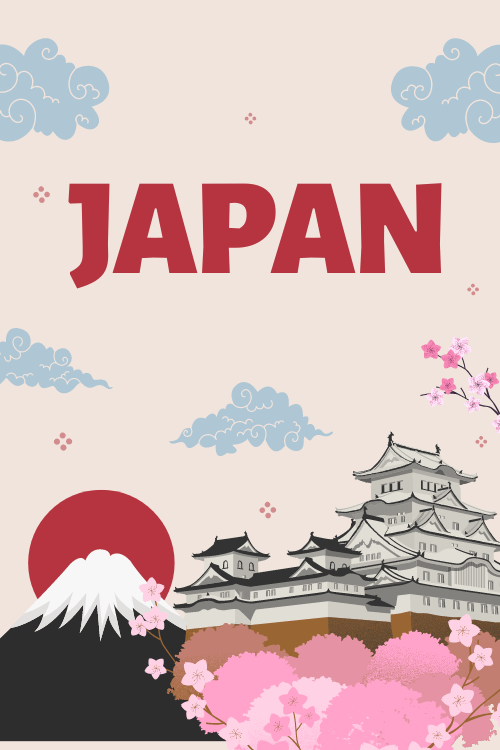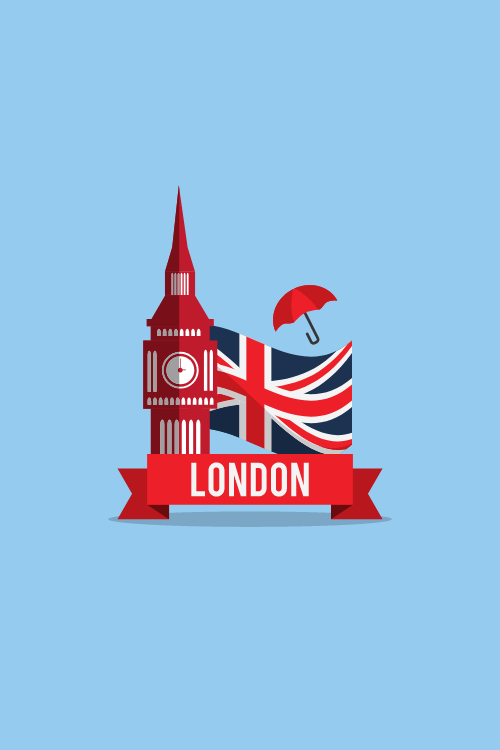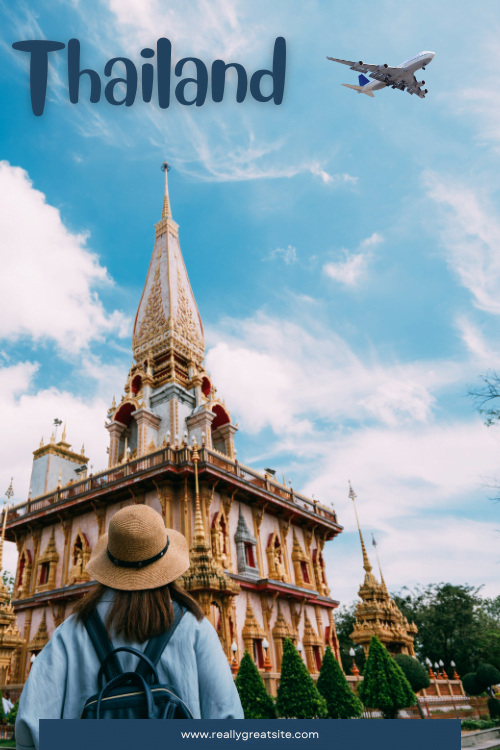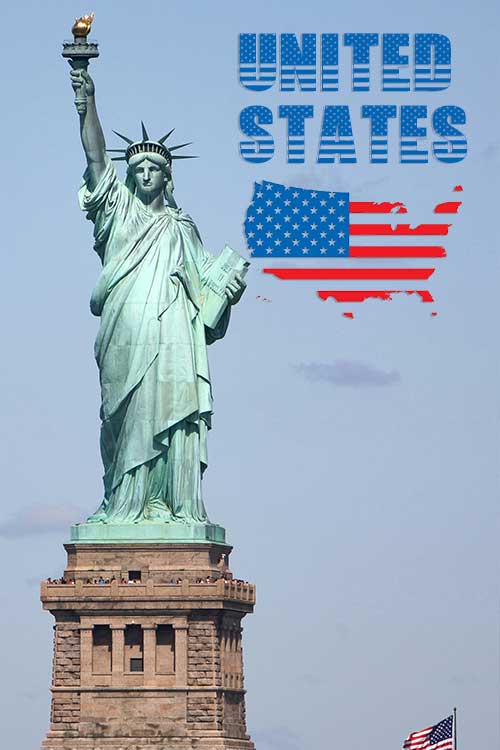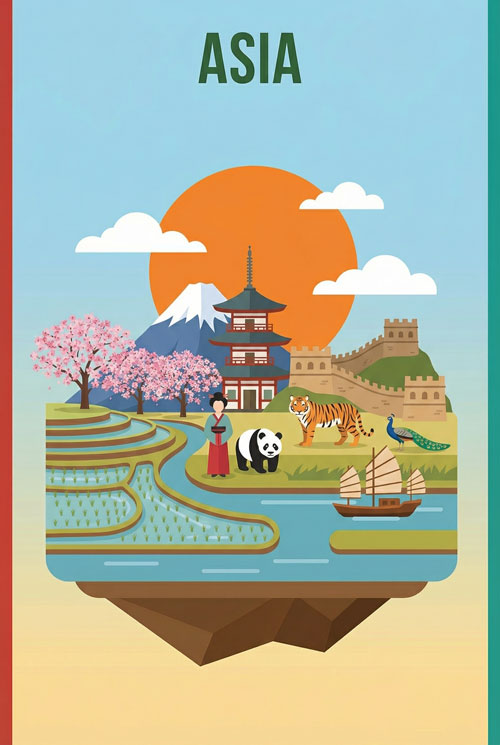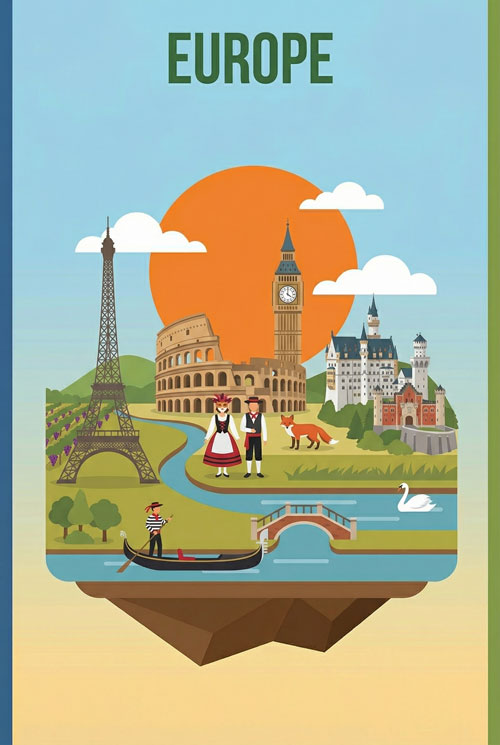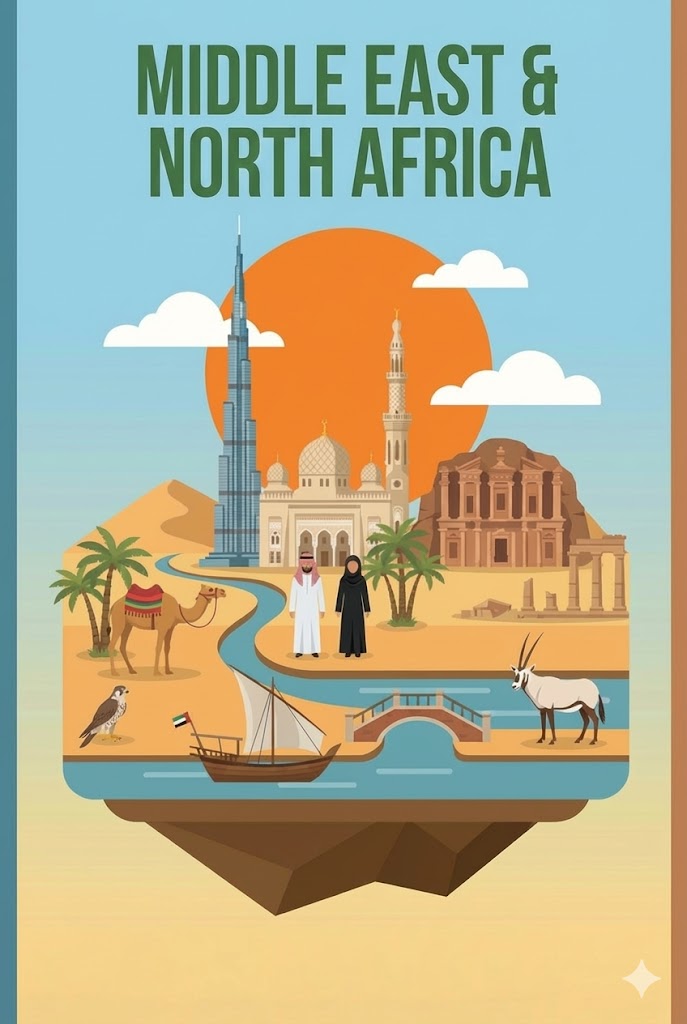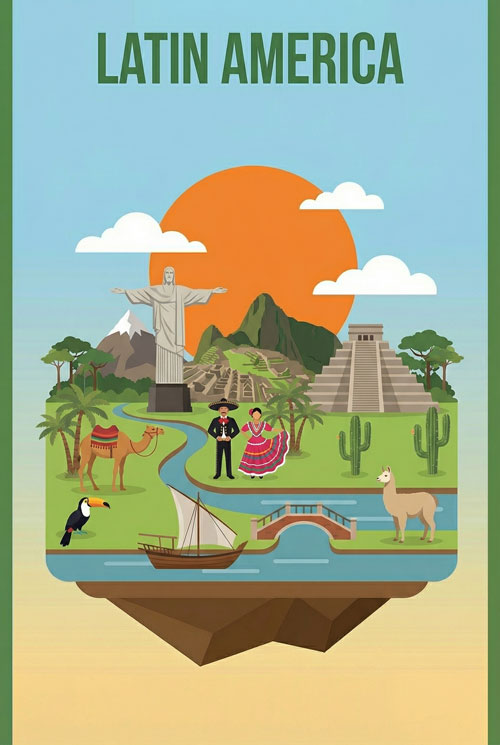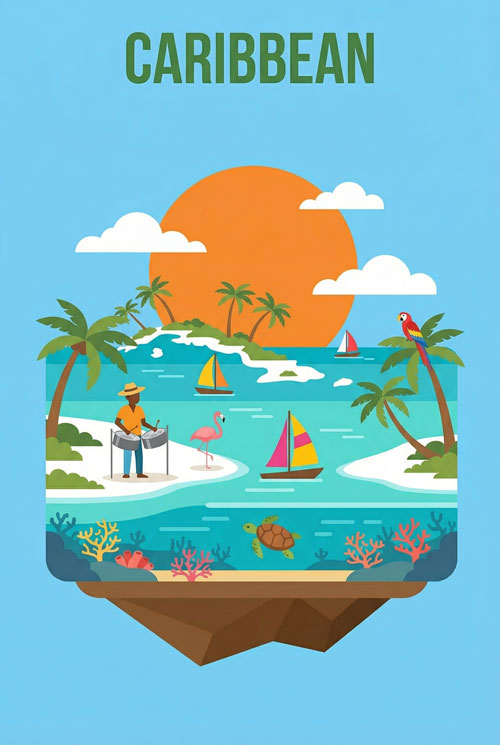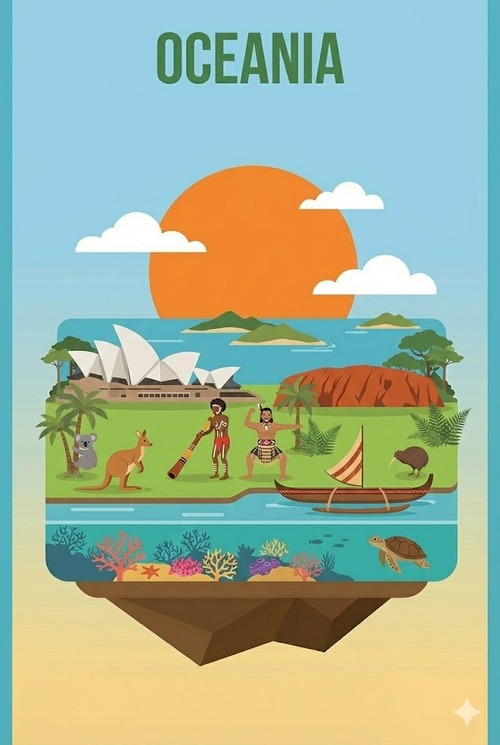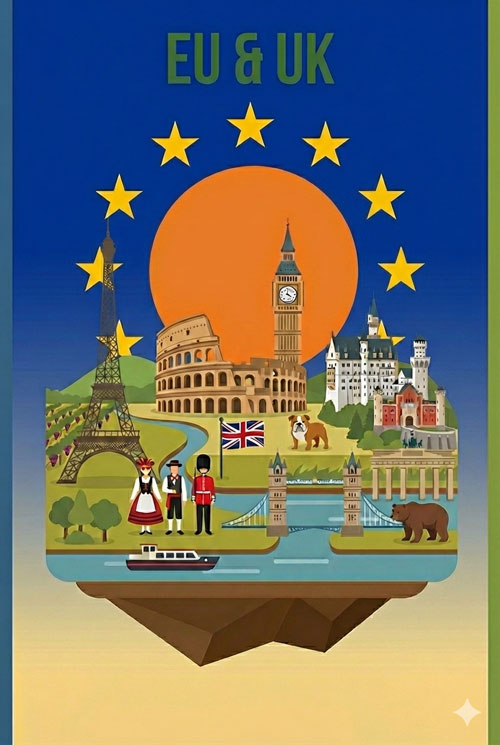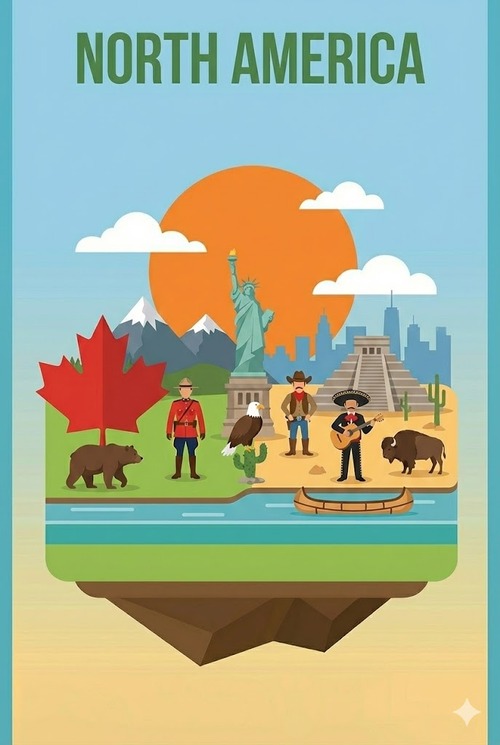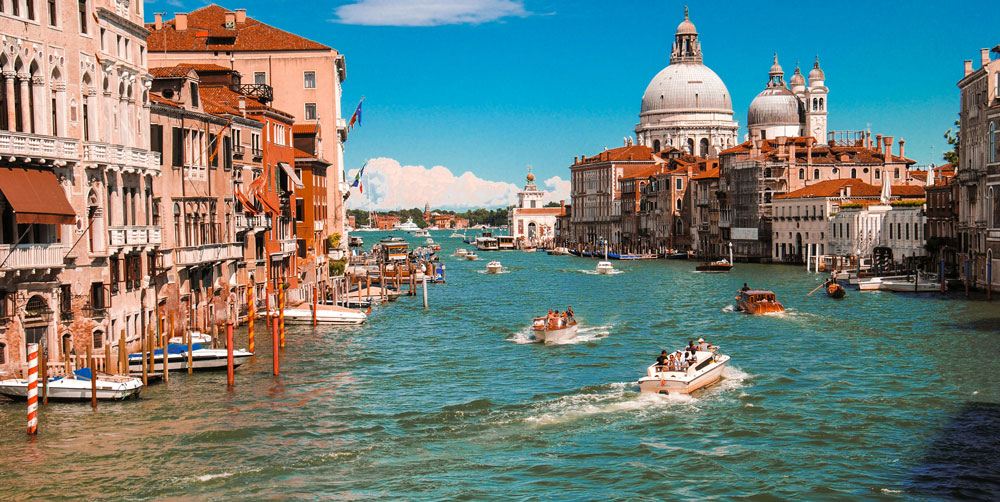Travel
The Best Time To Visit Italy (By Season)
Understanding Italy’s Peak Seasons
Summer brings the crowds to Italy.
During July and August, popular spots like Rome, Florence, and Venice fill up with tourists – lines stretch for hours at the Colosseum and Vatican Museums.
The heat can be intense.
Most Italians vacation in August, especially around August 15th. It creates an interesting situation. Many local shops in big cities close down. Meanwhile, the coasts come alive.
Places like the Amalfi Coast and Positano overflow with both Italian and international visitors. The whole country seems to move from north to south, heading for the seaside.
This peak season comes with challenges. Hotel prices shoot up, especially in famous areas like Cinque Terre and Tuscany, you’ll need to book most attractions in advance.
The summer heat in cities like Milan and Rome can make sightseeing uncomfortable. Walking through the Roman Forum or standing in line at the Trevi Fountain becomes a test of endurance.
But there’s good news.
Italy offers amazing experiences year-round. The key is knowing when to visit. Some of the most rewarding trips happen when you can explore without pushing through crowds.
Imagine having space to appreciate the art at Florence’s Accademia. Picture Venice’s canals in the quieter hours.
Think of Italian tourism like the tides. It has its high points and low points. Understanding these patterns helps you plan better. You’ll save money and enjoy more authentic experiences. The timing of your visit can transform your entire Italian adventure.
Spring: The Best Time For Italian Travel?
Spring might be Italy’s perfect season. From April to June, the country comes alive with pleasant weather and fewer crowds. Cities and small towns buzz with energy, but without the overwhelming summer masses.
During April and May, you can explore outdoors comfortably. The weather is warm enough for long walks through Florence’s historic center.
Yet it’s not so hot that climbing the steps to hilltop towns becomes exhausting. Spring rains keep the countryside green and the flowers blooming across Tuscany’s rolling hills.
This season is ideal for cultural experiences. The Vatican Museums and Colosseum welcome visitors without the extreme wait times of summer.
You can actually hear your footsteps echo in the Roman Forum. Museums like the Accademia offer a more intimate experience with masterpieces. You won’t have to fight for space to see Michelangelo’s David.
Northern Italy shines in spring. The Dolomites shed their winter snow, opening up hiking trails. Venice feels magical with fewer tourists in St. Mark’s Square.
Lake Como and Verona come to life as cafes spill onto sunny piazzas. Even Milan’s fashion district becomes more enjoyable for afternoon shopping and people-watching.
Along the coast, places like Cinque Terre and the Amalfi Coast begin their tourist season. The weather is warm enough for seaside walks, though swimming might still be for the brave.
Positano’s famous beaches aren’t packed yet, letting you photograph those iconic views in peace.
Fall: Italy’s Hidden Gem Season
September and October might be Italy’s best-kept secrets. The summer crowds thin out. The grape harvest begins. And the weather stays wonderfully warm without summer’s intense heat.
Fall brings Italy’s food scene to life. Wine regions buzz with activity during the grape harvest season. Tuscany’s vineyards turn golden and red. Local festivals celebrate new wines, truffles, and seasonal specialties. It’s a fantastic time for gastronomic adventures through small towns and cities.
Early October offers perfect conditions for exploring Italy’s treasures. The Eternal City of Rome becomes more manageable. You can actually enjoy a peaceful moment at the Trevi Fountain. The Vatican Museums and Colosseum offer shorter wait times. Plus, the weather is usually ideal for spending time outdoors.
Along the coast, September is still beach season. The Amalfi Coast and Cinque Terre keep their summer charm but lose the crushing crowds. The Mediterranean stays warm enough for swimming. Seaside towns like Positano and the villages of Puglia offer better hotel rates and more authentic experiences.
Northern Italy dazzles in autumn. Venice feels more romantic with fewer tourist groups. Milan returns to its stylish self after the summer exodus. The Dolomites explode with fall colors, perfect for hiking and photography. Even busy Florence gives you breathing room to appreciate its Renaissance art and architecture.
Winter: Italy’s Quieter Side
Winter transforms Italy into a different world. From November through March, the country slows down. The big cities and famous sights breathe easier. Yes, it’s much colder, but the trade-offs might surprise you.
During the winter months, you’ll find amazing deals on hotels. Popular spots like Venice and Florence offer their best rates. The Vatican Museums welcome visitors without the usual lines. You can actually stand alone in corners of the Colosseum, soaking in its ancient atmosphere. Museums like the Accademia become peaceful sanctuaries of art.
Northern Italy embraces the cold months with style. The Dolomites transform into a winter sports paradise. Milan buzzes with winter fashion and warm café culture. Venice’s misty canals create mysterious photo opportunities. While it’s colder, the crisp air and clear winter light make cities like Verona feel magical.
Not everything slows down in winter. The south stays relatively mild. Sicily and Puglia enjoy pleasant weather even in the colder months. Rome rarely sees extreme cold, making it perfect for exploring the Roman Forum or wandering through historic neighborhoods. Indoor attractions like museums and churches become even more appealing.
Winter also brings unique cultural experiences. Italian cities celebrate Christmas and Carnival with special events. Venice’s famous Carnival in February turns the city into a historic masquerade. Churches and concerts offer peaceful evenings of culture. Local restaurants fill with Italians rather than tourists, creating more authentic dining experiences.
Regional Timing: North to South
Italy’s geography creates distinct travel seasons. The country stretches from the Alpine Dolomites to Mediterranean Sicily, making timing crucial for each region. Let’s break it down.
Northern Italy follows clear seasonal patterns. Cities like Milan and Verona shine in spring and fall. Venice fights flooding in late fall but offers peaceful winter moments. The Dolomites attract summer hikers and winter skiers. Lake regions welcome visitors from April through October, with perfect weather for exploring lakeside towns.
Central Italy, including Tuscany and Florence, peaks during summer. But spring and fall bring pleasant weather and fewer crowds. The wine regions come alive during the grape harvest season. Small towns like those around Piazza del Campo in Siena offer year-round charm. Watch for special events like Siena’s famous Palio horse race when planning your visit.
Coastal regions have their own rhythm. The Cinque Terre villages are best in May or September. The Amalfi Coast stays busy from Easter through October. Seaside towns empty in winter, though some restaurants and hotels close. Places like Positano and Sardinia focus entirely on summer seasons.
Southern Italy, including Sicily and Puglia, offers the mildest winter weather. These regions become extremely crowded in summer but remain pleasant through spring and fall. Winter brings quiet exploration opportunities and local festivals. Many travelers find the warmer weather perfect for off-season coastal visits.
Planning Tips for Perfect Timing
Smart timing makes all the difference in Italy. Let’s look at practical ways to plan your perfect Italian adventure, no matter when you visit.
For the big cities like Rome and Florence, plan early morning visits to popular sites. The Vatican Museums and Colosseum see smaller crowds right at opening time. Book skip-the-line tickets online before your trip. This strategy works year-round but becomes crucial during peak seasons.
Consider combining regions based on weather patterns. Spring travelers might start in Sicily, then move north as temperatures warm up. Fall visitors could begin in Venice and work south. This approach lets you chase pleasant weather while avoiding the biggest crowds.
Watch for local events that could impact your trip. The grape harvest season brings wine region festivals. Summer sees outdoor concerts in historic venues. But remember, many Italians take vacation in August. Some local shops and restaurants close, especially around August 15th.
Think about indoor and outdoor activities. Summer heat makes museums attractive during midday. Spring and fall offer perfect weather for exploring outdoors. Winter visitors should plan indoor alternatives for rainy days. Places like the Accademia and Vatican Museums become peaceful retreats during colder months.
Remember that shoulder seasons – April-May or September-October – often provide the best balance. You’ll find fewer crowds, pleasant weather, and better prices. Plus, these periods let you explore like museums, piazzas, and historic sites without the extreme temperatures or tourist masses of summer.
Need Cheap Mobile Data While Traveling in Italy?
Explore Italy without worrying about global roaming charges with eSIMs.
- They’re affordable, offering data rates at a fraction of what it would cost for global roaming.
- They’re quick and easy to set up, simply scan a QR code and your package is downloaded to your mobile device.
- Can be used all across Italy and switches to different mobile networks automatically from region to region so you don’t need to do anything.
- No SIM cards – if your mobile device supports eSIM technology, no need to remove your existing SIM simply download an eSIM.
- 100% prepaid – no nasty bill shock.
- Top up if you need more data.
- Set up before you leave or when you enter Italy.
Click here to see our list of eSIM plans!
– staying connected is essential. eSIM technology from providers like eSIM4.com offers a seamless solution for modern travelers, eliminating the hassle of traditional SIM cards.
Related Articles:

